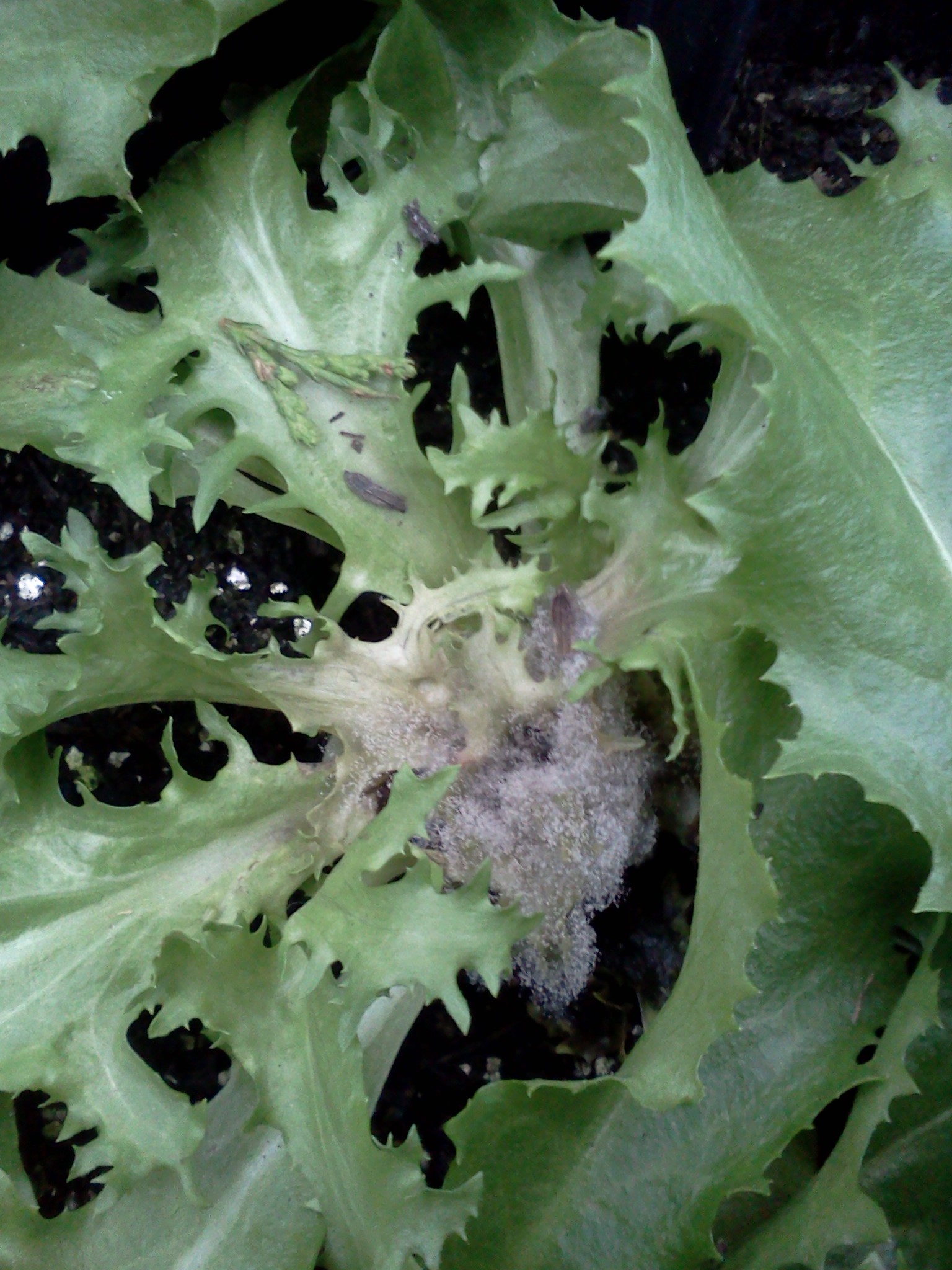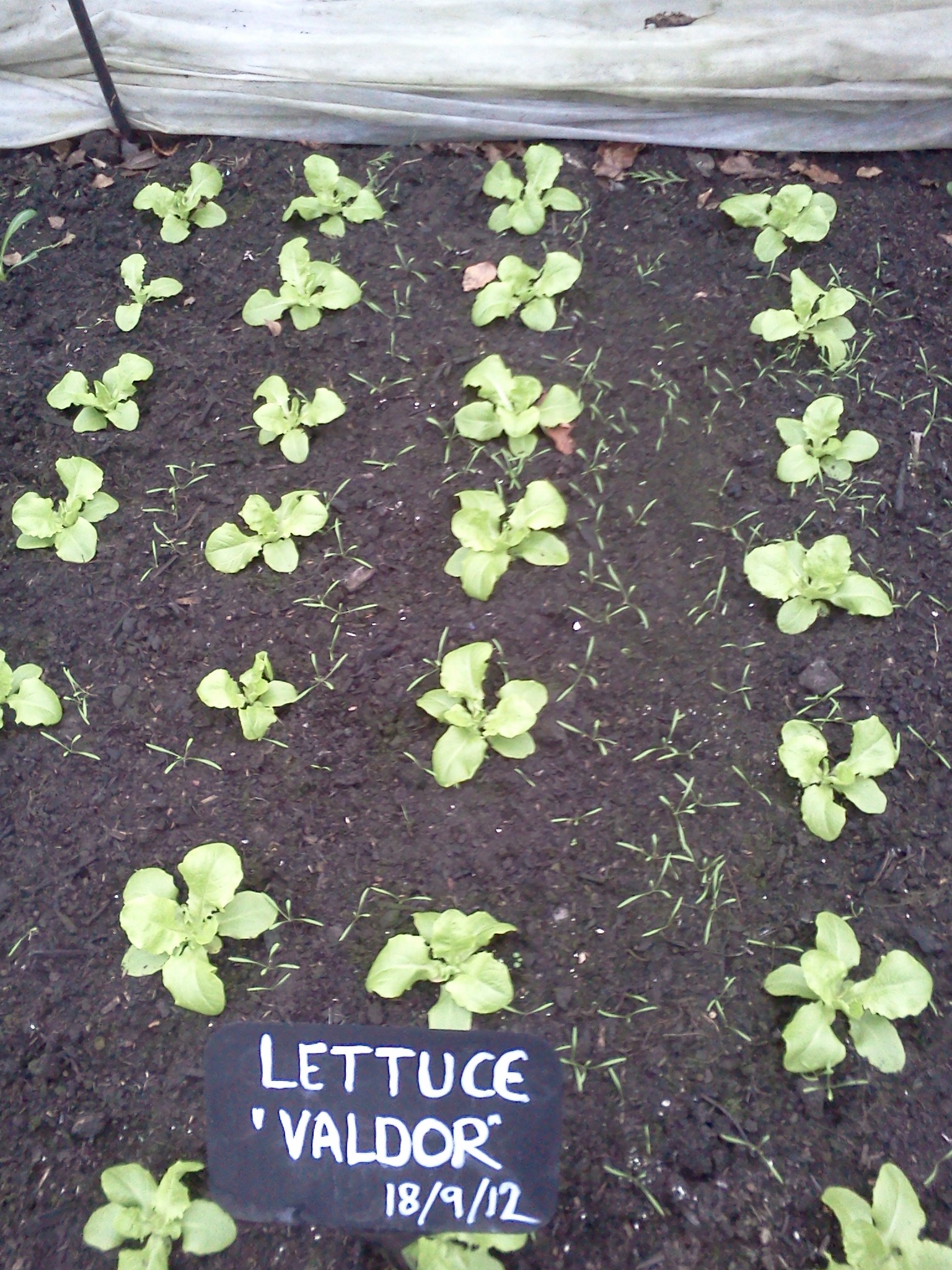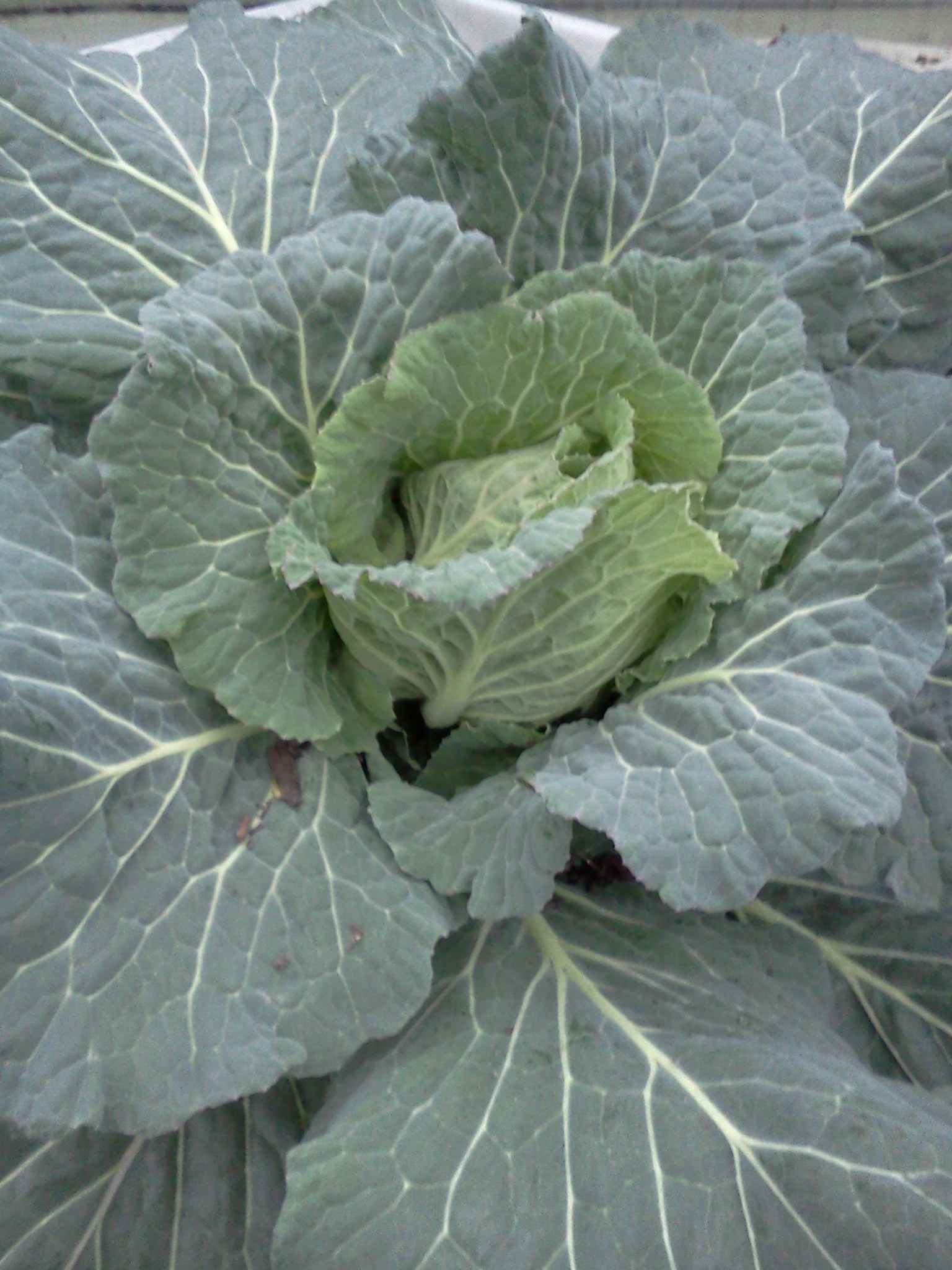It is unusually warm for January which means that the vegetables in the polytunnel have had a bit of a boost and put on some growth. We’ve even taken off the horticultural fleece that was in place to protect the plants from frost. There is a fine balance of keeping the frost and cold from damaging the plants but making sure there is enough ventilation to avoid stale, damp conditions encouraging Botrytis (grey mould – see photo). We are keeping a close eye on the weather forecast and will get the covers on quick smart should the temperature drop. The fresh new growth will be particularly vulnerable to frost, always a concern with warm weather early in the year.
We are keeping a close eye on the weather forecast and will get the covers on quick smart should the temperature drop. The fresh new growth will be particularly vulnerable to frost, always a concern with warm weather early in the year.
It is very satisfying to see such greenery at this time of year, unfortunately there are a few slugs that feel the same. They are favouring the pak choi at the moment. Happily just today I saw one of our resident frogs who I am sure favours the slugs!
Jobs for the new year
Sowing and planting
- Most seeds won’t germinate in the winter. There are a few exceptions:
- Hardy broad beans and peas can be sown in late February/March
- Sow onion seed in an unheated greenhouse (February)
- Plant garlic in February/March
- Left over seeds of many crops such broccoli, basil, celery and rocket can be sprouted on windowsills to produce ‘microgreens’ (http://www.rhs.org.uk/Children/For-families/Grow-it!/Micro-greens)
Harvesting
- Crops sown earlier in the year can provide harvests, such as parsnips, swedes, brassicas, winter salads and oriental greens
Planning
- Plan next year’s plot, research and decide what to grow
- Reassess last year’s design in light of successes and failures
- Order seed, seed potatoes and onion sets
Preparation
- If necessary dig over beds when they are not frozen
- Add organic matter and mulch
- Cover bare soil with black plastic or fleece to warm before early spring sowings
Other tasks
- Watch out for overwintering slugs and snails
- Clean and clear out polytunnels, greenhouses, cold frames, pots and containers
- Clear snow off polytunnels and other garden structures to prevent damage
- Stake brassicas and taller plants to prevent wind damage
- Check any stored vegetables regularly for rot


